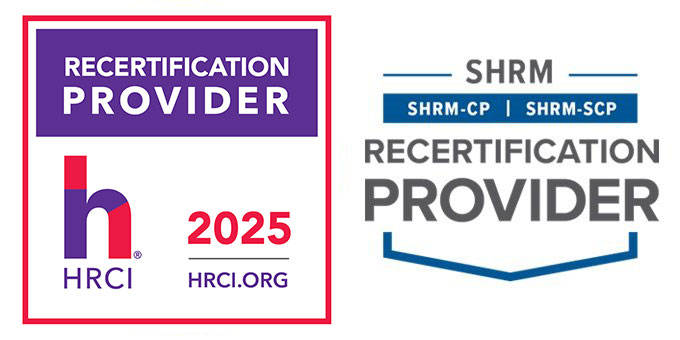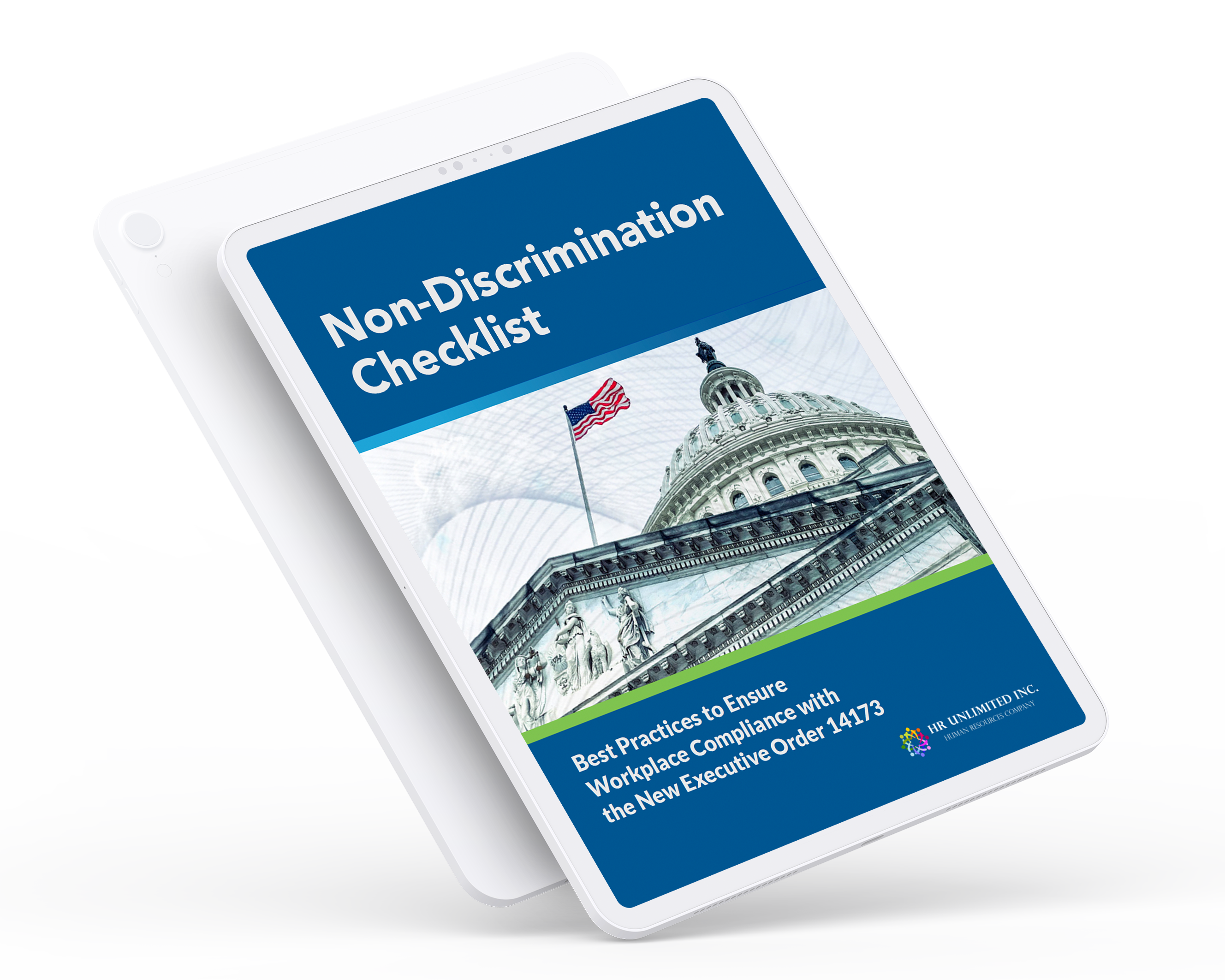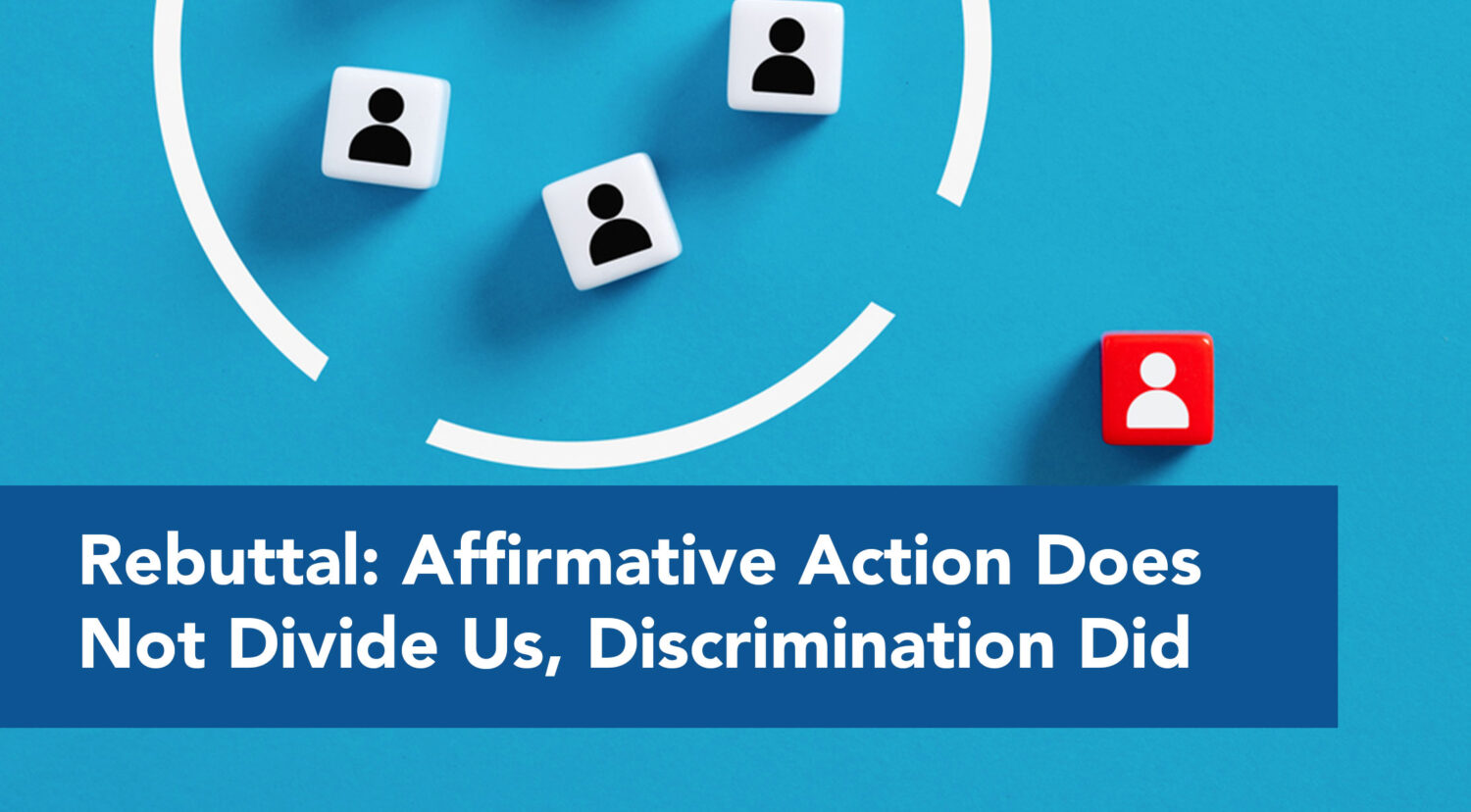

Earlier this month, the U.S. Department of Labor announced federal contractor Parker Hannifin Corp had agreed to pay more than $200,000 to resolve allegations of pay discrimination.
The allegations came to light during an investigation of Parker Hannifin’s San Diego Composite Sealing Solutions facility. The routine compliance evaluation by DOL’s Office of Federal Contract Compliance Programs (OFCCP), found that Parker Hannifin steered females in certain positions into lower paying roles.
Parker Hannifin’s settlement will provide for back pay and interest to the 37 women identified in the DOL investigation. As part of the settlement, the company has also agreed to review its employee compensation practices and make changes where needed. The company also plans to maintain regular compensation monitoring and Equal Employment Opportunity training.
Settlements like these are unfortunately all too common, but Parker Hannifin could have faced even worse consequences. The average employee lawsuit costs $250,000.
But situations like these aren’t so difficult to avoid. With a knowledge of labor/employment law and adherence to best practices, companies can avoid having to pay hefty settlements and fines, while protecting their public image in the process. Here are three ways companies can ensure they are offering equal employment opportunity to all.
Training:
When human resource officers are the only ones in a company who have knowledge of EEO law, it’s a recipe for disaster. Employees at all levels of a company should receive regular training to ensure they understand EEO laws. And leadership must come from the top with supervisors and executives setting a good example for the employees beneath them.
In order for training to be successful, companies must have a strong and clear EEO policy in place. As it relates to pay discrimination, these policies must dictate that an employee should not be paid differently based on their race, gender, sexual orientation or other demographic factors. While it might seem like only those making pay decisions should be abreast of this policy, it’s important for all managers, supervisors and employees to be educated. You never know when an employee could change roles in a company or end up playing a role in influencing a pay decision.
Overall, companies can avoid pay discrimination by promoting an inclusive culture in the workplace and encouraging an environment of work ethics, professionalism and respect for differences. In this way, when raises and promotions are granted, they will be based on merit and not demographic factors.
Hiring:
EEO law should be at the forefront of every hiring process. This doesn’t just mean avoiding discrimination but actively working to increase diversity in the applicants pool being considered for employment openings, especially in upper level management positions. Hiring managers must ensure minority candidates are being treated fairly and no differently from other candidates. And hiring efforts must also address the effects of historical discrimination in the company.
In order to ensure each applicant is reasonably evaluated, hiring managers should analyze the responsibilities, tasks and qualifications relevant to the job they are hiring for. They must then create objective, job-related standards by which to evaluate applicants and ensure that they are consistently applied when choosing among candidates. This criterion should be examined to ensure it does not exclude certain minority groups.
Effective hiring policies help companies avoid pay discrimination by ensuring hiring managers aren’t shuttling minority candidates to lower paying jobs. And it’s important for companies working with outside recruitment agencies to evaluate their hiring practices to ensure they are behaving fairly as well. After all, the employer, not the recruitment agencies, is the primary responsible party.
Monitoring:
Regular monitoring is key to ensuring your company isn’t running afoul of EEO law. In order to avoid pay discrimination, administrators should monitor compensation practices and performance evaluation systems for indicators of discrimination. Make sure performance reviews are based on an employees’ actual job performance and that these reviews can be substantiated with evidence. To ensure consistency, monitoring administrators should check that regardless of who is conducting the performance evaluations, comparable job performances receive comparable ratings regardless.
In order to ensure raises and promotions are fair, companies must play an active role in developing the potential of all employees, supervisors, and managers equally. This includes providing training and mentoring that provides workers of all backgrounds with the same skills and experiences necessary to take advantage of promotion opportunities.
Additionally, companies should realize that employees make the best monitors of EEO law. Employees should be encouraged to report pay discrimination when and if they see it and made aware of the proper procedure for reporting violations. Companies should put programs in place to protect against retaliation when complaints are made and make sure employees know they are protected from such retaliation.
—
By following these best practices, companies can protect themselves from costly pay discrimination claims while maintaining their reputation in the process. For more information about how you can safeguard your company visit www.hrunlimitedinc.com.





